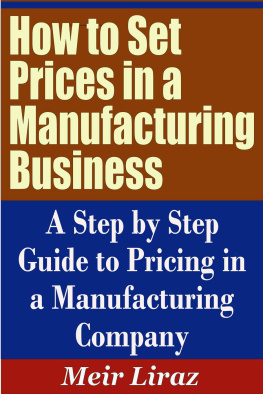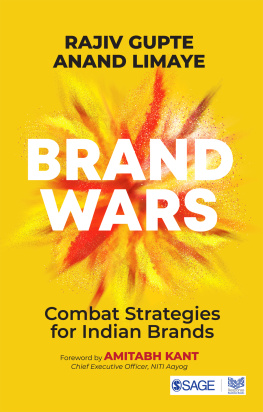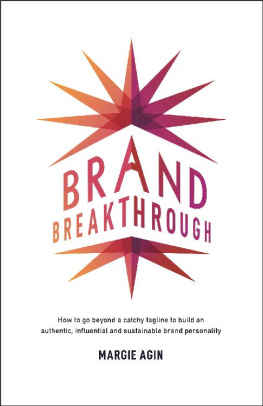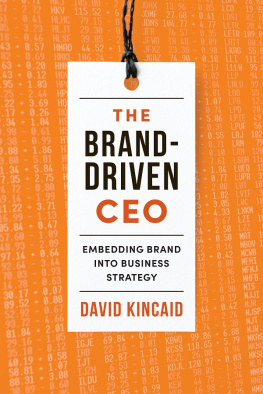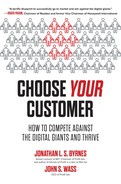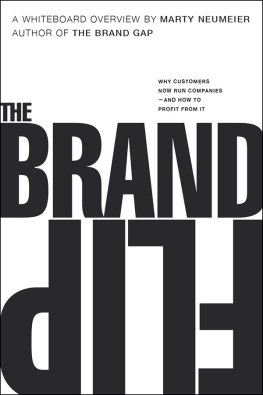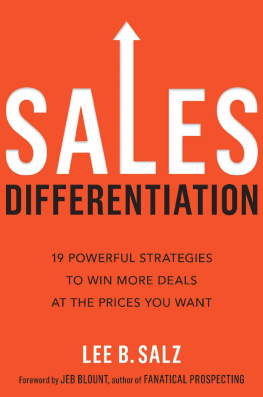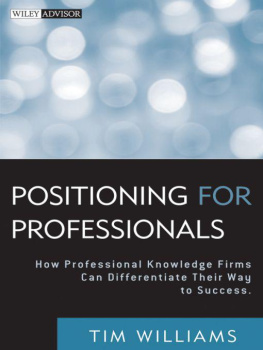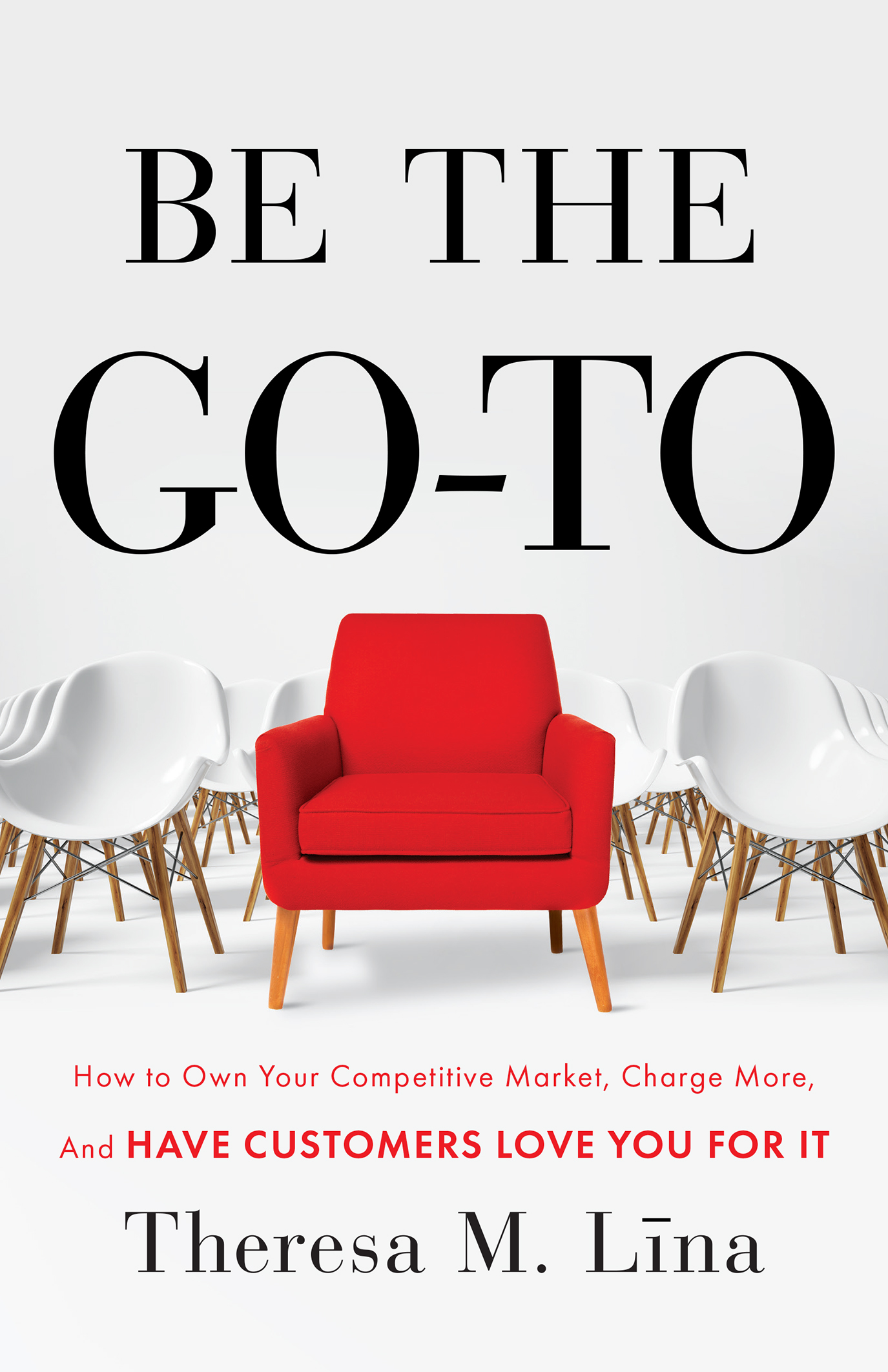Be The
Go-To
How to Own Your Competitive Market, Charge More, and
Have Customers Love You for It
Theresa M. Lna
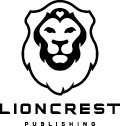
Copyright 2020 by Theresa M. Lna. All rights reserved. No part of this book may be used or reproduced in any manner whatsoever without written permission by the author except in the case of brief quotations embodied in articles and reviews, provided there is full attribution.
Apollo Method for Market Dominance, Be the Go-To, Be the Go-To, Not a Me-Too, Media Food Chain, Influencer Food Chain, and Why/What/How Storyline are trademarks of Lina Group, Inc., 268 Bush St, #828, San Francisco, CA 94104. The contents of the methodology are the proprietary intellectual property of Theresa M. Lna and Lina Group, Inc. Copyright 1999-2020 by Theresa M. Lna and Lina Group, Inc.. All rights reserved.
Be the Go-To
How to Own Your Competitive Market, Charge More, and Have Customers Love You For It
Library of Congress Cataloging-in-Publication Data has been applied for.
ISBN 978-1-5445-1436-9 Hardcover
ISBN 978-1-5445-1435-2 Paperback
ISBN 978-1-5445-1434-5 Ebook
To my career-long mentor, friend, and role model, Al Burgess, who gave me limitless opportunities as a young executive and taught me what it takes to be the Go-To.
To my husband and daughters, who are the loves of my life and make it all worthwhile.
To my parents, who made it all possible.
Contents
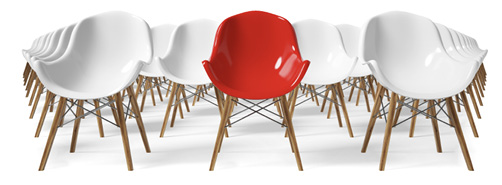
Part I

Why
Prologue
While at a reception hosted by the Soviet Unions embassy in Washington, DC, New York Times reporter Walter Sullivan received a panic-stricken phone call from his Washington Bureau chief. It was October , 1957 . Meant to cap off a week of international scientific meetings among prestigious rocket and satellite researchers from seven countries, the reception proved to be an intentionally timed public relations and propaganda coup for the Soviets and a complete humiliation for the US. What had the bureau chief relayed to Sullivan? Soviet news sources had just announced the launch of the first Earth-orbiting artificial satellite, Sputnik .
The Soviet Union had beaten the United States into space.
Sputnik was simply a twenty-two-inch metal sphere weighing less than pounds, orbited the earth in ninety-six minutes, and stayed up for three months. But it had officially kicked off the Space Race.
In what would come to be known as the Sputnik Crisis, this event set off alarm bells. NASA archives say it had a Pearl Harbor effect on American public opinion. In NASAs own words:
It was a shock, introducing the average citizen to the space age in a crisis settingIn the Cold War environment of the late s, [with the looming threat of nuclear war hanging in the air] this disparity of capability portended menacing implications.
Just a month later, Sputnik carried a living creature, a dog, into space in an even larger vehicle that orbited for almost days.
Over the next several years, the United States (representing the free world at that time) made only occasional incremental gains in the space race against its Cold War opponent. US space exploration then consisted of a hodgepodge of initiatives. There were numerous independent projects in progress, spread among multiple government agencies and contractors, involving thousands of people and investments of billions of dollars per year. And with little to show for it all.
According to Apollo astronaut Dick Gordon, in looking back:
The only driving theme was speed, to be the first at something, anything. All of that time and money was being expended while the Soviets kicked our butts with one historical achievement after another.
By 1961 , newly elected president John F. Kennedy realized the US space mission needed focus. He said:
I believe that this nation should commit itself to achieving the goal, before this decade is out, of landing a man on the Moon and returning him safely to the Earth.
He didnt set this goal quietly either. He branded the initiative as the Apollo Space Program and launched it with a grand gesture in the most public way possible: a historic speech to Congress on May , 1961 , that the entire world heard. He put a stake in the ground with a proud declaration of a singular goal. No one knew at the time how to do it, but if achieved, this feat clearly would establish the US and the rest of the free world as the dominant force in space.
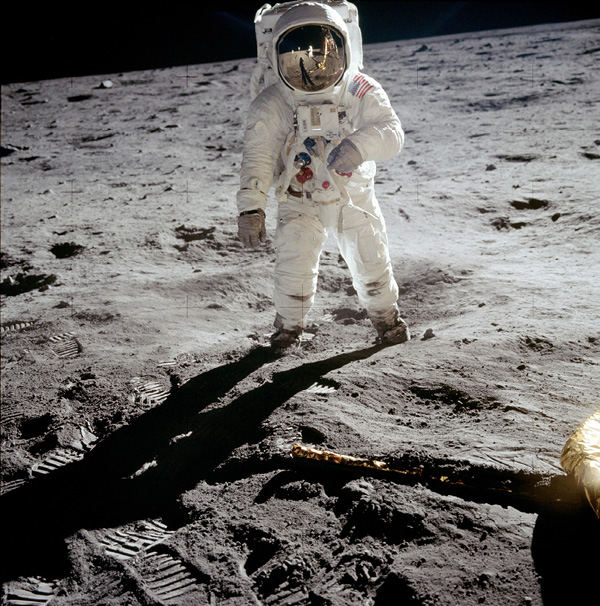
(Image: NASA)
Requiring unprecedented funding and public support in order to keep the program alive over such an extended period, Apollo Space Program leaders continuously ignited engagement and support from politicians, the general public and influential scientists, and researchers inside and outside of NASA on how to make it work. Apollo astronauts became the faces of the program, even visiting schools and civic meetings to drum up support. Some regard the program as the most successful public relations campaign in history.
But the Apollo Space Program had to walk the talkit had to deliver. To do this, it navigated an eight-year, multi-mission journey from inception to successful Moon landing involving thousands of people inside and outside of NASA, including academics, defense contractors, and other partners who helped bring myriad pieces together.
And despite a declaration of success with a Moon landing on July , 1969 , the Apollo Space Program didnt stop. It accelerated its efforts with continued Moon landings and additional accomplishments over the course of six more missions in order to maintain US dominance in space, until an easing of tensions led to an era of US-Soviet cooperation in space endeavors.
The Apollo Space Program has gone down in history as a shining example of what can happen when an organization decides to become the Go-To for a specific problem and takes a methodical four-phased approach toward achieving it.
Introduction
How in the world is that person making $50,000 a day?
This is the question that started it all.
A few years into my consulting business, one of my colleagues told me about her close friend who had less hands-on client experience than either of us and was personally commanding $, a day to provide expertise to top executives. I was at once terribly envious and incredibly inspired.
This conversation occurred while I was in the midst of a reevaluation of my firms strategy, because we, on the other hand, were being forced to lower our prices. Somewhere along the way, our consulting services had come to be viewed as commodities, even by loyal clients who knew our capabilities well, understood how deep our expertise was, and had been engaging us for years. They were starting to put pressure on us to lower our fees and talk about replacing us with less expensive, less experienced consultants as though we were interchangeable parts. We were also getting pushed further down into our clients organizations, with less and less influence.


